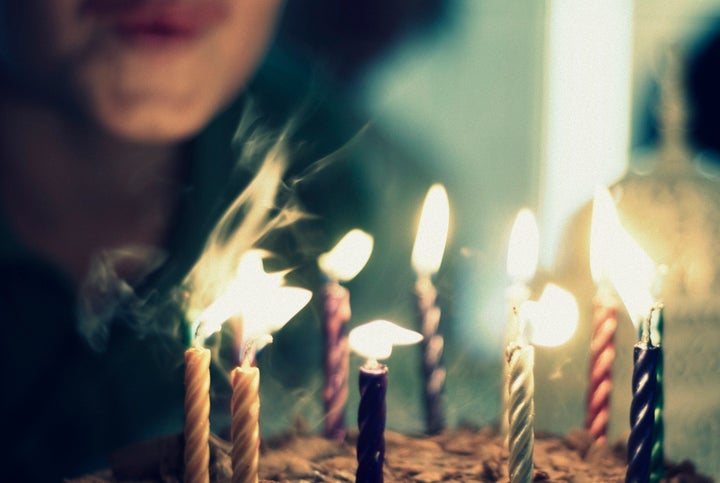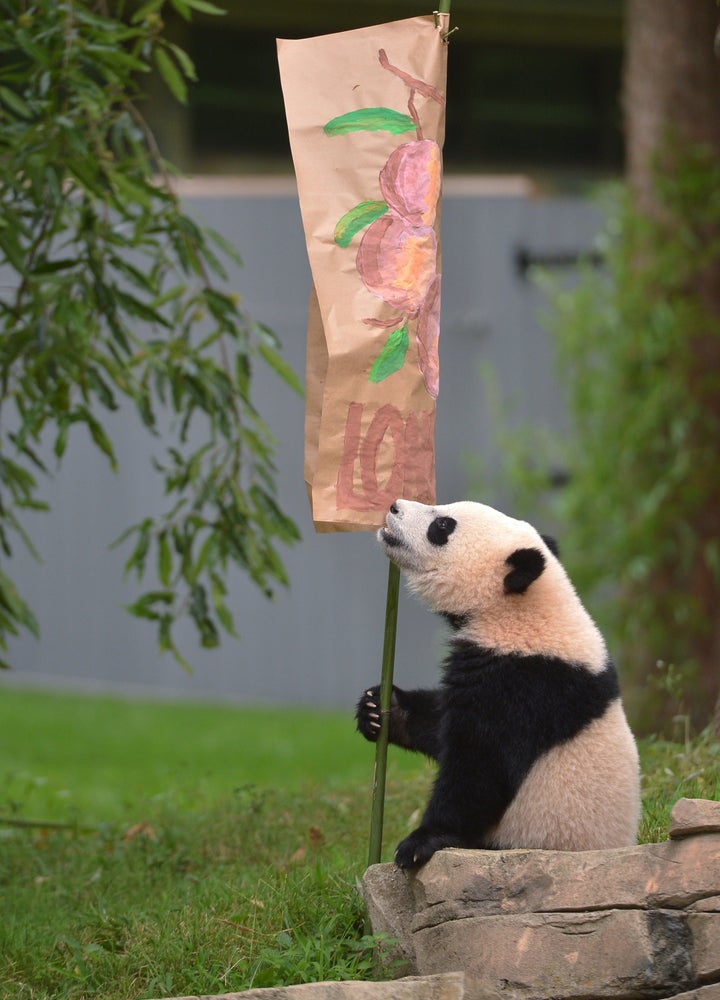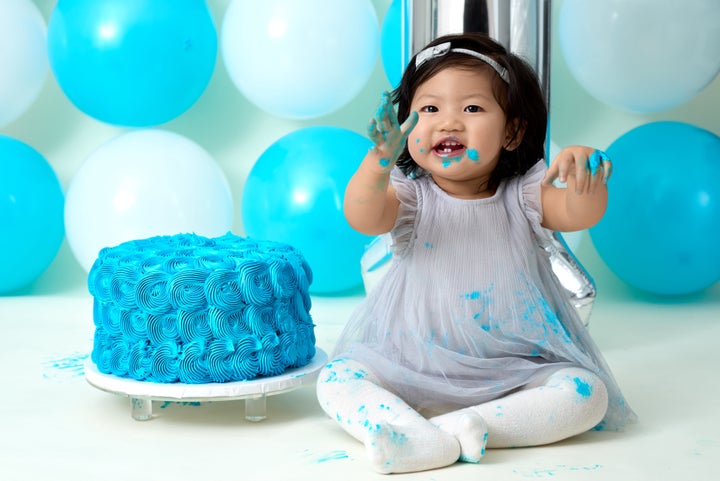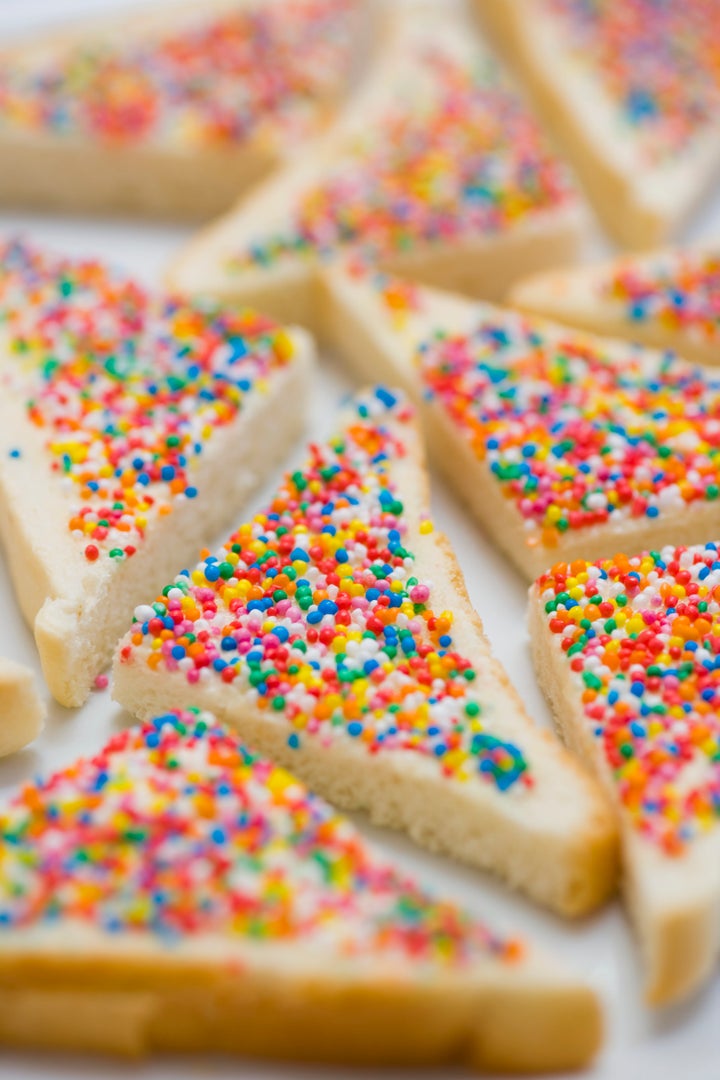
Birthdays. Love ’em or leave ’em. They happen no matter what we do. To some, getting older is a fact worth celebrating. These milestones are usually met with excitement and fun, and depending on your location or your background, that fun can come in many forms.
From specific dishes to predictions of the future, there are many ways people, especially kids, celebrate their big days. Here are a few examples (including some from our international editions) below.
Signs of the future
Many cultures mark kids’ birthdays by allowing them to predict their own futures. Well, sort of.
In many states in India, families hold a rice ceremony when Hindu babies are around 6 or 7 months old.
“Usually, this ceremony marks the baby eating the first morsel of rice,” said Piyasree Dasgupta, features editor for HuffPost India. “It’s done with much fanfare and the maternal uncle ceremoniously feeds the baby bits of food from a elaborately arranged platter or local delicacies ― among the affluent, that is.”
Then, the baby is allowed to choose from a plate of various objects, which could include books, money, a pen, or miniature sports equipment among many other options.
“Whatever the baby grabs is considered what he or she is going to be good at in his or her life,” Dasgupta said. “Just a fun ritual, not something that’s taken very seriously.”
In China, this similar tradition is known as “Zhuazhou.” For his or her first birthday, a child chooses from a selection of toys and gifts that will determine his or her path in the future. Often, a dish known as “longevity noodles” is served after this ceremony.
In 2014, Bao Bao, the famous giant panda born at the National Zoo in Washington, D.C., was feted with a “Zhuazhou” ceremony for her first birthday.

Similarly, some families in Korea offer a variety of foods and objects for a baby, who is often dressed in traditional Korean grab, to choose from for their first birthday celebration, which is called “doljanchi.”
“Each object has different meanings,” said Taewoo Kim, lifestyle editor for HuffPost Korea. “For example, a pencil would symbolize a life as a scholar, and a yarn means having a long life.”
Kim said some families opt for less elaborate celebrations since this one isn’t the most affordable, although the choosing of objects is still popular. She also noted that Koreans have a different age system.
“A newborn baby in Korea is one year old,” she said. “We add one year every new year (Jan. 1), not on our birthdays. So a baby born on December 31st, 2017, would be 2 years of age right now. Confusing, right?”
Sweet treats
The “cake smash” is a relatively new trend, and parents in the United States (and some in the United Kingdom) are eating it up. The tradition goes exactly how it sounds: on his or first birthday, the baby gets to enjoy cake by, well, smashing it up and eating it. Other variations include “cheeseburger smash” and “donut smash.”

The cake smash has close ties with another dessert tradition. In Mexico, the birthday star ― not just kids, but adults, too ― sometimes has their face pushed into the cake in a gesture of good humor. Mexico (along with many other countries) also participates in the Latino tradition of the quinceañera, a coming-of-age celebration for girls turning 15.
In Australia and New Zealand, celebrating your birthday means you might be snacking on something a bit different. For birthdays, the folks there often turn to “fairy bread,” which is made up of white bread, butter, and sprinkles.
As Juliette Steen wrote for HuffPost Australia in 2016, “Let’s be real, to any Aussie, fairy bread is the easiest, cheapest way to make kids happy at birthday parties. Seriously, it’s made from cheap butter, even cheaper white bread and sweet 100s and 1000s [sprinkles].”

Jamaica has a tradition that involves food, but probably not one you’re going to want to eat. If you’re celebrating, you might want to stay alert because many people have flour thrown in their face on their big day. During the 2015 IAAF World Championships in Beijing, China, runner and Olympic champ Usain Bolt got “floured” for his 29th birthday.
“My Jamaican peeps you understand this flouring tradition,” he wrote on Facebook of the incident, adding the hashtags, ”#GiveThanks” and ”#Blessed.”
Hold on to your ears?
Families and friends in many countries (including Hungary and Italy) pull on the ear of the birthday boy or girl (or adult!) ― one for every year they’ve celebrated. The idea behind it? It coincides with good wishes that roughly mean, “God bless you, live so long, so your ears reach your ankles.”